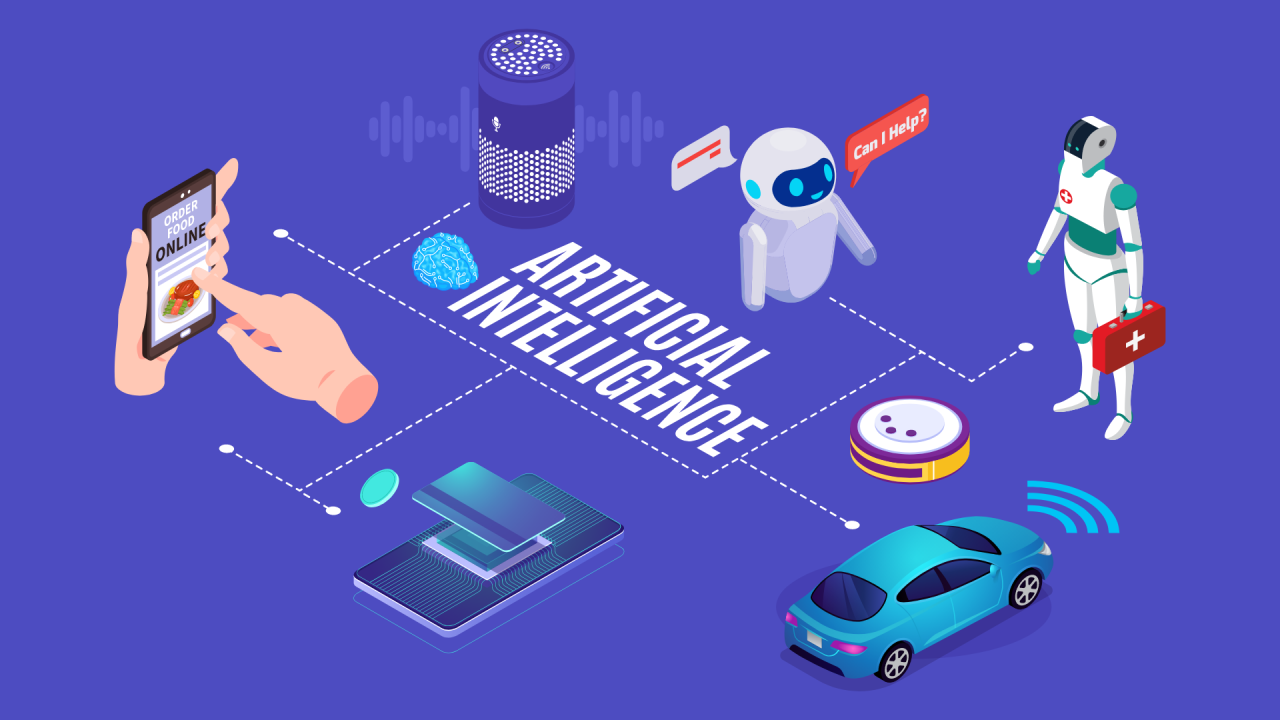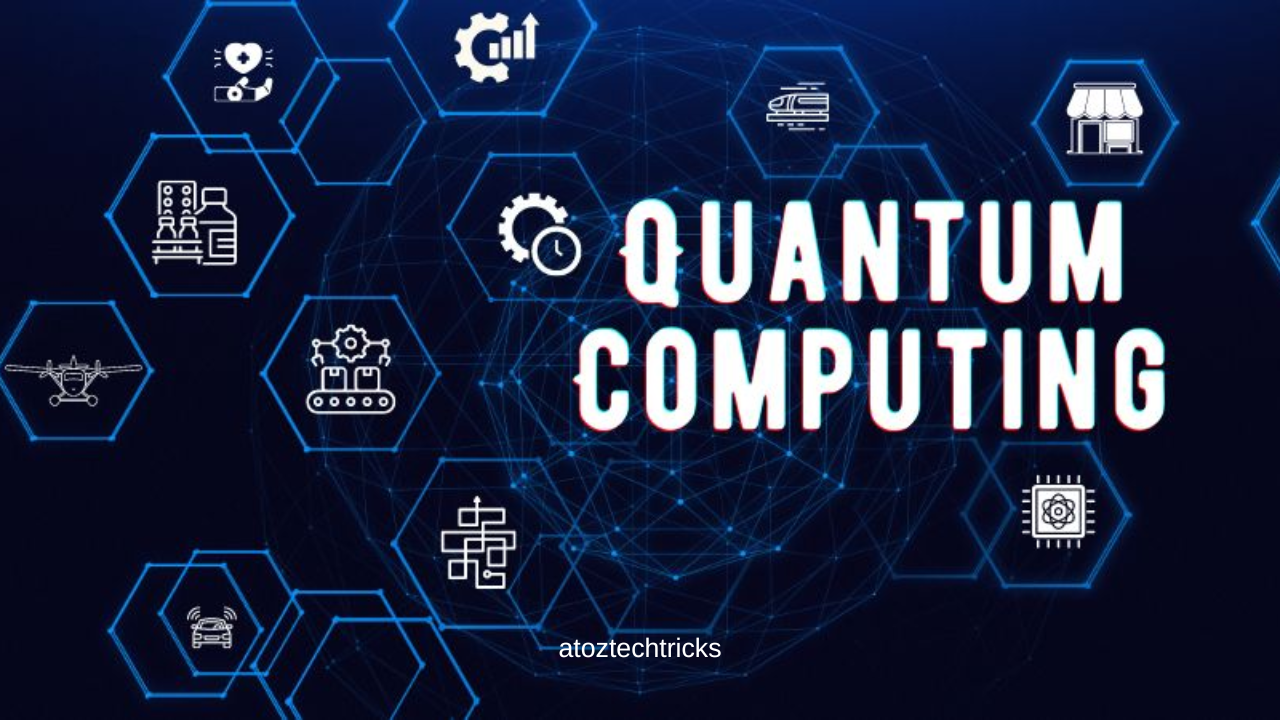Advancements in AI Technology: Shaping the Future
Artificial Intelligence (AI) has evolved remarkably over the past few decades, transforming from theoretical concepts into practical tools that influence nearly every aspect of our lives. From enhancing productivity to revolutionizing industries, AI’s advancements are reshaping the future. This article delves into the latest developments in AI technology, examining its applications, challenges, and future directions.
1. The Evolution of AI Technology
AI technology has come a long way since its inception. The early days of AI were characterized by symbolic AI, where machines were programmed with explicit rules and logic. This approach, though innovative, had limitations in handling complex, real-world problems.
Early Developments
In the 1950s and 1960s, AI research focused on developing algorithms that could solve problems using logical rules. These early systems, known as expert systems, could perform specific tasks like medical diagnosis or financial forecasting but could not learn and adapt.
Machine Learning Era
The 1980s and 1990s marked the beginning of the machine learning era, where algorithms were designed to learn from data rather than relying solely on pre-programmed rules. Techniques such as decision trees, neural networks, and support vector machines emerged, enabling AI systems to handle more complex tasks.
Deep Learning Revolution
The early 2000s saw the rise of deep learning, a subset of machine learning that uses neural networks with many layers (deep neural networks). This approach significantly improved the performance of AI systems in tasks like image and speech recognition, natural language processing, and autonomous driving.
2. Key Advancements in AI Technology
2.1. Natural Language Processing (NLP)
Natural Language Processing (NLP) has seen tremendous advancements, enabling machines to understand, interpret, and generate human language. Recent developments include:
- Transformers and BERT: Transformers, introduced in the paper “Attention is All You Need,” have revolutionized NLP by improving the efficiency and accuracy of language models. BERT (Bidirectional Encoder Representations from Transformers) further enhanced contextual understanding, leading to significant improvements in tasks like sentiment analysis, translation, and text generation.
- GPT Models: OpenAI’s Generative Pre-trained Transformer (GPT) models, including GPT-3 and GPT-4, have set new benchmarks in language generation. These models can produce coherent and contextually relevant text, enabling applications such as chatbots, content creation, and automated customer support.
2.2. Computer Vision
Advancements in computer vision have transformed how machines perceive and interpret visual information. Key developments include:
- Convolutional Neural Networks (CNNs): CNNs have become the backbone of computer vision tasks, enabling high-accuracy image classification, object detection, and segmentation. Innovations in CNN architectures, such as ResNet and EfficientNet, have further improved performance.
- Generative Adversarial Networks (GANs): GANs, introduced by Ian Goodfellow, consist of two neural networks (generator and discriminator) that compete to create realistic images. GANs have been used in various applications, including art generation, deepfake technology, and data augmentation.
2.3. Reinforcement Learning
Reinforcement Learning (RL) involves training agents to make decisions by rewarding them for desirable actions and penalizing them for undesirable ones. Recent advancements include:
- AlphaGo and AlphaZero: DeepMind’s AlphaGo demonstrated the power of RL in mastering the game of Go, defeating world champions. AlphaZero extended this approach to other games like chess and shogi, showcasing RL’s potential for solving complex problems.
- Applications in Robotics: RL has also been applied to robotics, enabling robots to learn tasks such as object manipulation and autonomous navigation through trial and error.
2.4. AI in Healthcare
AI’s impact on healthcare has been profound, offering solutions for diagnosis, treatment, and patient care. Key advancements include:
- Diagnostic Algorithms: AI algorithms can analyze medical images, such as X-rays and MRIs, to detect conditions like tumours and fractures with high accuracy. These systems assist radiologists in making faster and more accurate diagnoses.
- Personalized Medicine: AI enables personalized treatment plans by analyzing genetic data, patient history, and clinical outcomes. This approach helps tailor therapies to individual patients, improving treatment efficacy and reducing side effects.
2.5. Autonomous Systems
Autonomous systems, powered by AI, are transforming industries such as transportation and logistics. Notable advancements include:
- Self-Driving Cars: Companies like Tesla, Waymo, and Cruise have made significant progress in developing autonomous vehicles. These cars use a combination of sensors, cameras, and AI algorithms to navigate and make real-time decisions on the road.
- Drones: AI-powered drones are used for various applications, including aerial photography, delivery services, and agricultural monitoring. Advances in computer vision and navigation algorithms have enhanced their capabilities and reliability.
Mental Health in the Workplace: Importance, Challenges, and Solutions
3. Challenges and Ethical Considerations
Despite the impressive advancements, AI technology faces several challenges and ethical concerns:
3.1. Data Privacy and Security
AI systems often require large amounts of data, raising concerns about data privacy and security. Ensuring that personal and sensitive information is protected from unauthorized access and misuse is crucial for maintaining trust in AI systems.
3.2. Bias and Fairness
AI algorithms can inherit biases present in the training data, leading to unfair or discriminatory outcomes. Addressing bias and ensuring fairness in AI systems is essential to prevent perpetuating existing inequalities and promoting ethical AI practices.
3.3. Transparency and Accountability
The “black-box” nature of some AI models, especially deep learning algorithms, can make it difficult to understand how decisions are made. Ensuring transparency and accountability in AI systems is important for validating their results and addressing potential issues.
3.4. Job Displacement
AI and automation have the potential to displace jobs across various industries. While AI creates new opportunities, there is a need for strategies to manage workforce transitions, reskill workers, and mitigate the impact on employment.
4. The Future of AI Technology
The future of AI technology holds exciting possibilities and challenges. Key areas of development include:
4.1. General AI
Current AI systems are specialized for specific tasks, but there is ongoing research into Artificial General Intelligence (AGI), which aims to create machines with human-like cognitive abilities. AGI could revolutionize various fields but also raise complex ethical and societal questions.
4.2. Explainable AI
Efforts are underway to develop explainable AI (XAI) systems that provide clear and understandable explanations for their decisions. XAI aims to improve transparency, trust, and accountability in AI systems, making them more accessible and reliable.
4.3. AI in Creativity
AI’s role in creative fields, such as art, music, and literature, is expanding. Generative models are being used to create novel content, collaborate with human artists, and explore new forms of creativity. This intersection of AI and creativity promises to push the boundaries of artistic expression.
Mental Health: Understanding, Promoting, and Sustaining Wellbeing
4.4. AI for Social Good
AI has the potential to address pressing global challenges, such as climate change, healthcare access, and disaster response. Initiatives and projects focused on using AI for social good aim to leverage technology to improve quality of life and tackle significant societal issues.
Advancements in AI technology are driving innovation and transformation across various domains. From natural language processing and computer vision to autonomous systems and healthcare, AI’s impact is profound and far-reaching. However, addressing challenges related to data privacy, bias, transparency, and job displacement is essential for ensuring that AI benefits society as a whole. As we look to the future, the continued evolution of AI promises to unlock new opportunities and reshape the way we live and work, making it an exciting field to watch and engage with.

Understanding these advancements and their implications is crucial for navigating the evolving landscape of AI technology and harnessing its potential to create a better future.






Post Comment